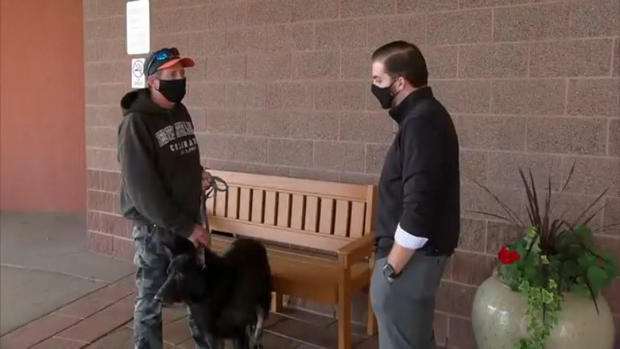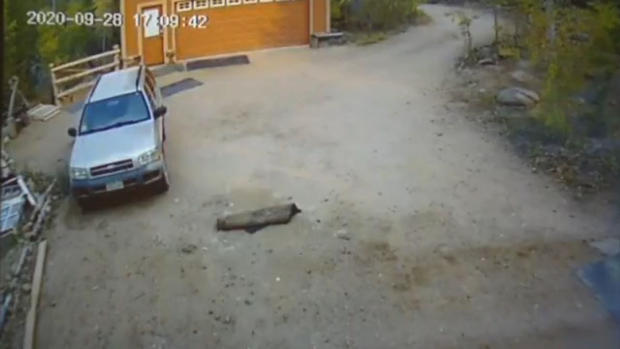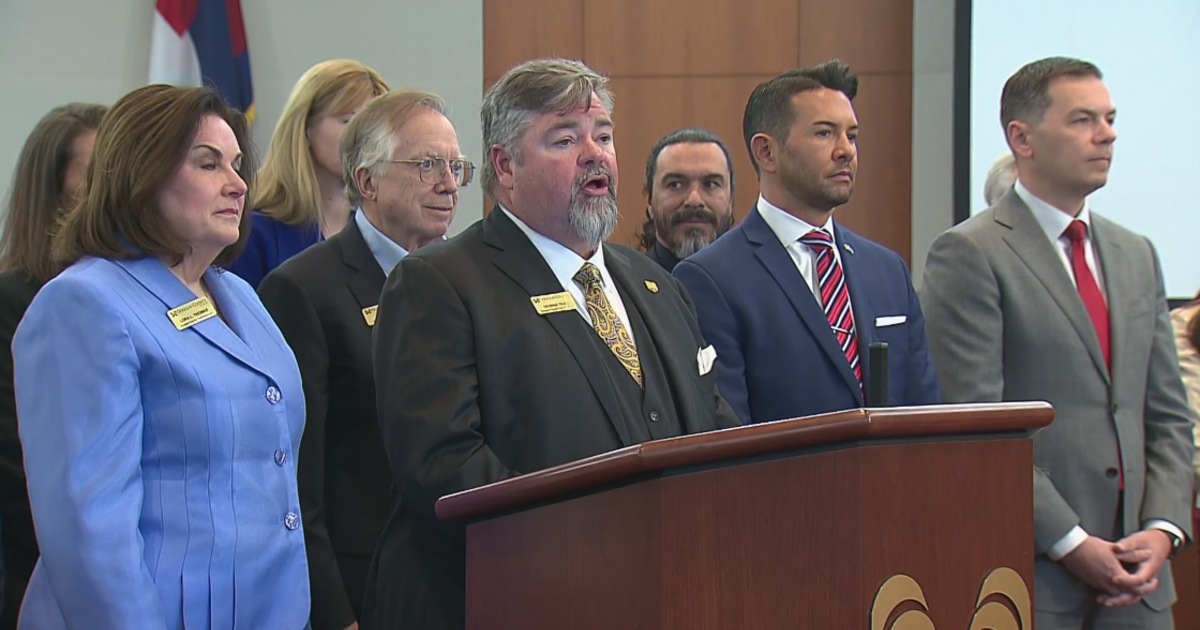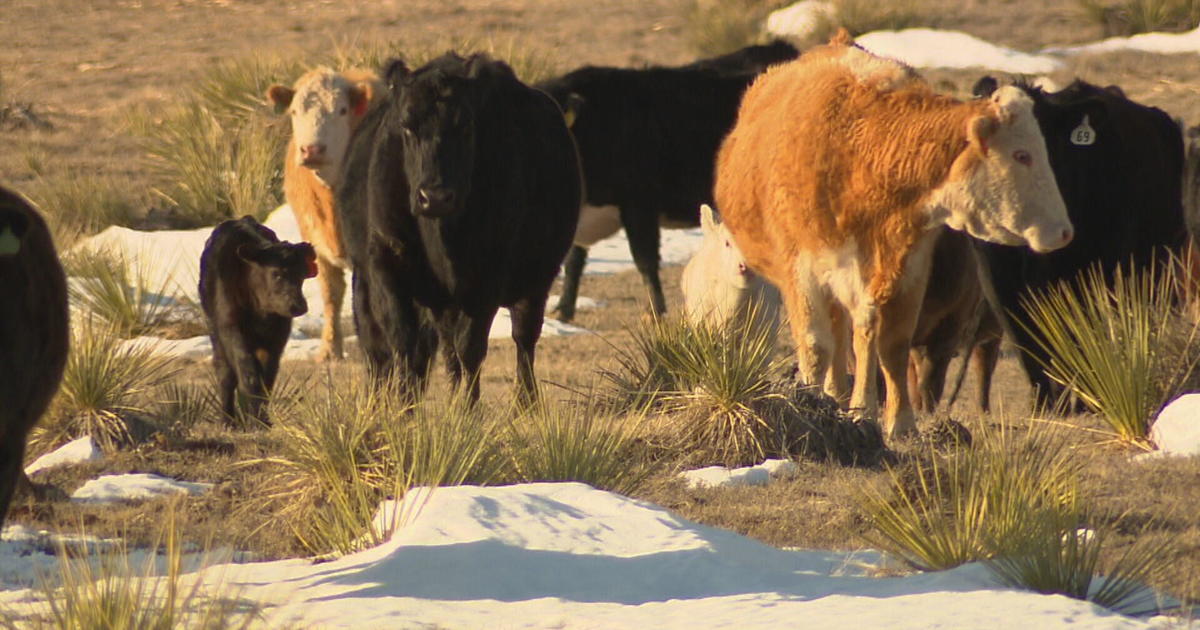Cameron Peak Fire Evacuee Constantly Checking Webcams To See If Home Still Stands
LARIMER COUNTY, Colo., (CBS4) - Cooler temperatures could bring hope and opportunity for crews fighting the Cameron Peak Fire. The fire near Fort Collins has been burning since mid-August. So far, it has burned more than 124,000 acres, making it the third largest in Colorado history.
A total of 31 homes have been damaged or destroyed, along with dozens of other buildings. As of Monday, the wildfire was 21% contained.
One of the main areas of focus for crews is right here in the area to the northeast they call "the thumb." Within the last week the boundary grew more to the east towards the Red Feather Lakes areas, largely because of the dry conditions and wind.
"There are two distinct heads of the fire now pushing east," said Lindsey Lewis, a public information officer for the Cameron Peak Fire.
As the fire continues its growth, Jimmy Miller has been checking security cams and live feeds constantly.
"That's my little security blanket that the home is still OK," Miller said.
It's been eight days since he and his dog, Max, evacuated their home in Crystal Lakes. On Sunday, he saw the first promising images since he left.
"We could see the snow coming in the camera," Miller said. "It was good to see that and good for the firefighters up there and hopefully the sooner we'll get to go home."
That possibility could still be a long way away, but fire officials say Sunday and Monday's cooler temperatures and milder winds are blessing.
"They're getting those dozer lines around there, they're getting hand lines around, and they're able to fly those aviation resources," Lewis said. "They're taking advantage of this nicer weather."
It's a welcome change after the fire grew nearly 20,000 acres Friday into Saturday.
"This fire is wind and dry fuel driven, so there's a lot of standing debt out there, there's a lot of fuel ready to burn," said Lewis.
It's an ongoing challenge for management teams and so is getting resources. Currently, California and the Northwest have a higher priority level, but teams in northern Colorado are making do with what they can get.
"We all get resources that are nationally assigned to us, so it kind of depends on the priority level," said Lewis.
"You know that they're working on it and doing their best," said Miller. "If something worse were to happen, that's what insurance is for and just hoping for the best."
Another concern among people in area surrounding the fire, as well as the Front Range, is air quality. Fire officials say the smoke we see will fluctuate as much as the fire does until we get sustained rain or snow.
"There are some days where the smoke is going to drive to Estes Park, maybe other days it's going to drive to Denver," said Lewis. "Other days it'll be more like today."






